
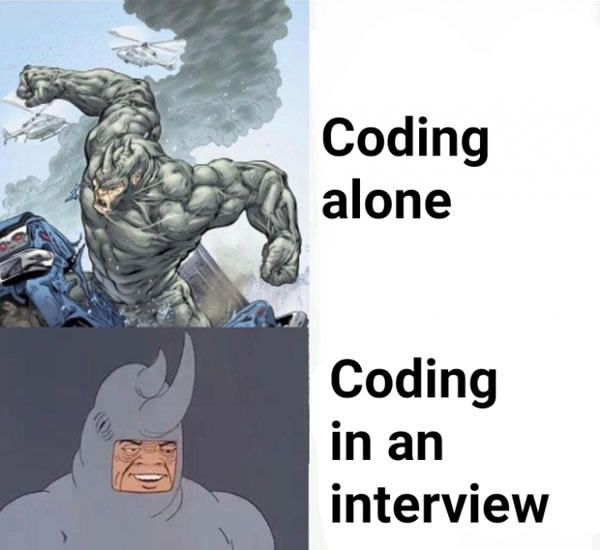
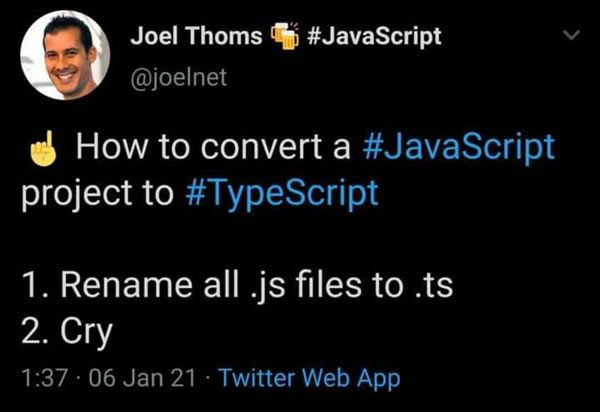
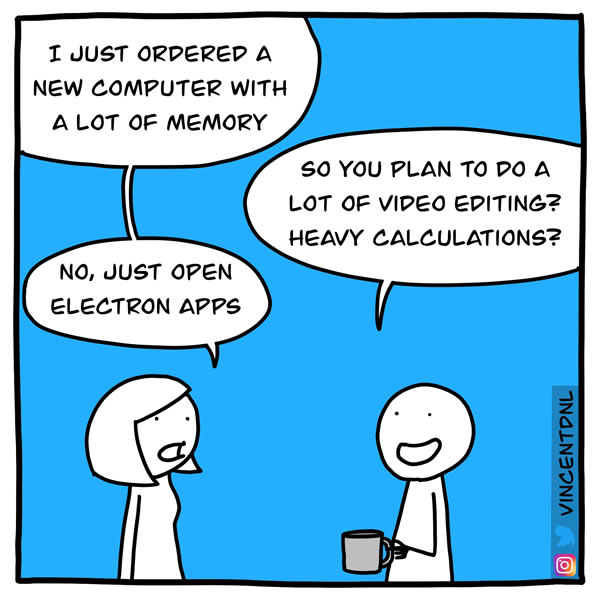
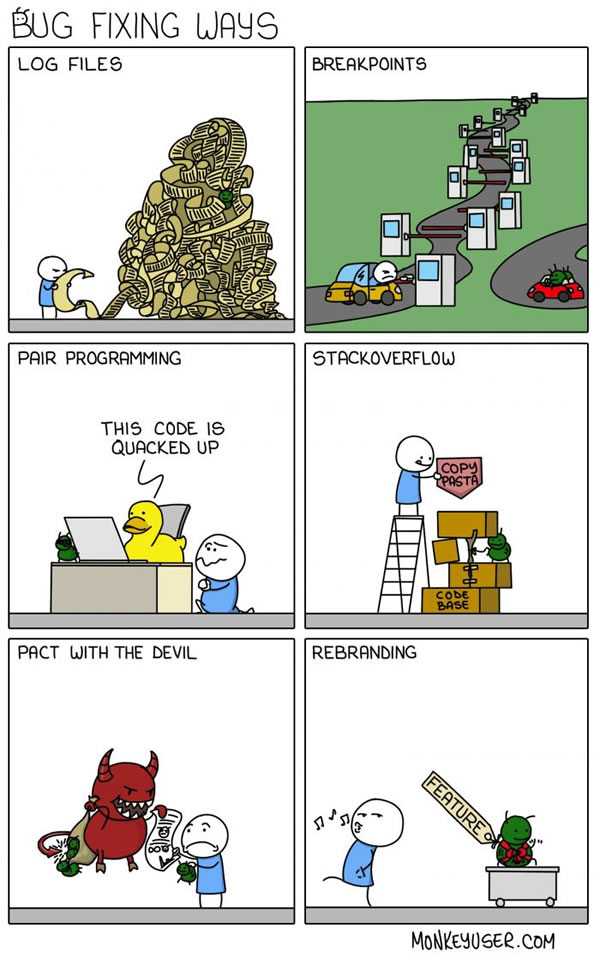
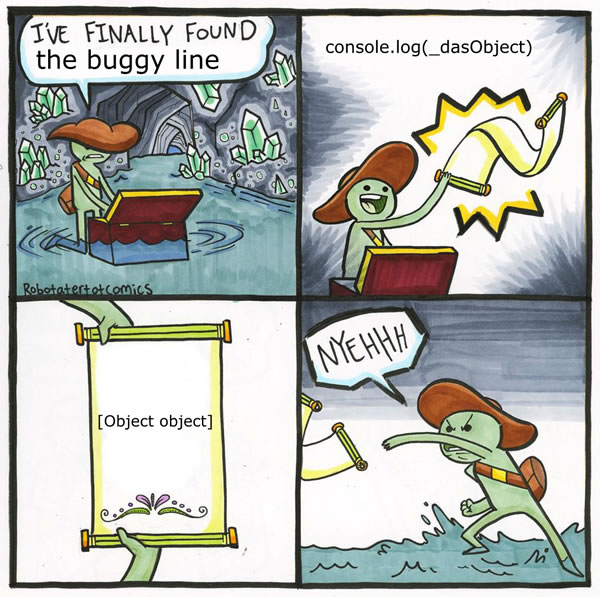
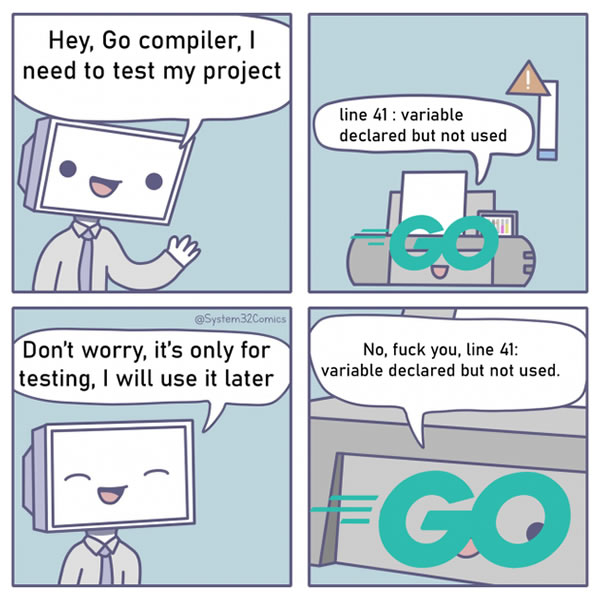



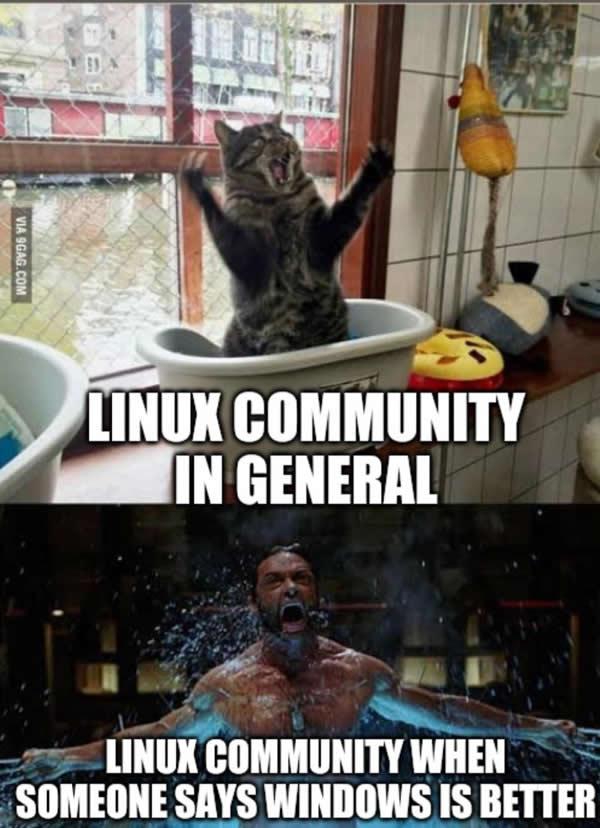


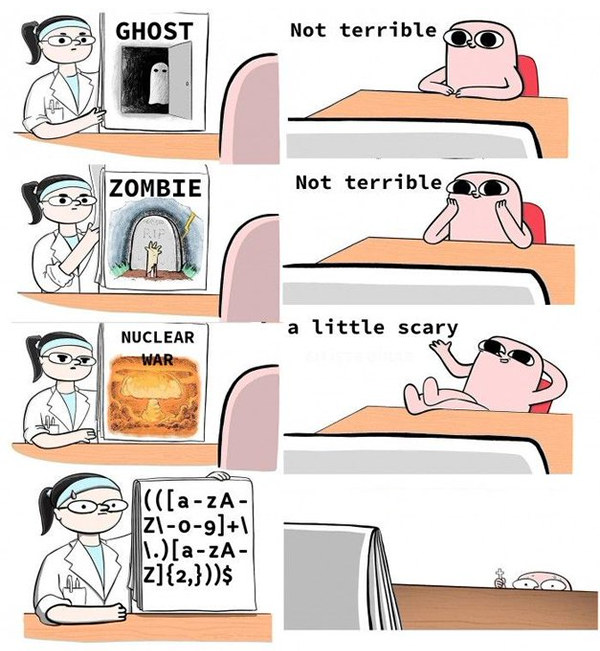
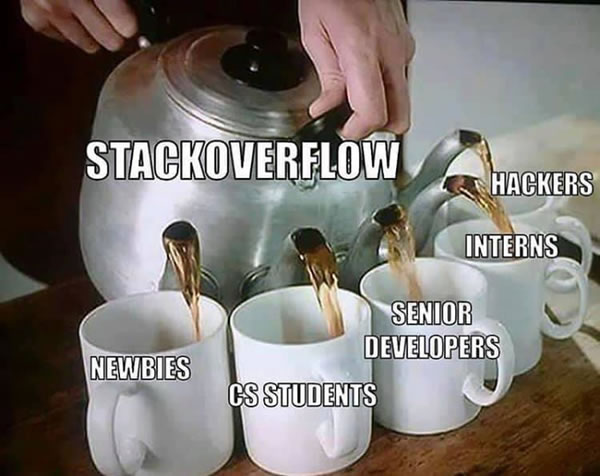
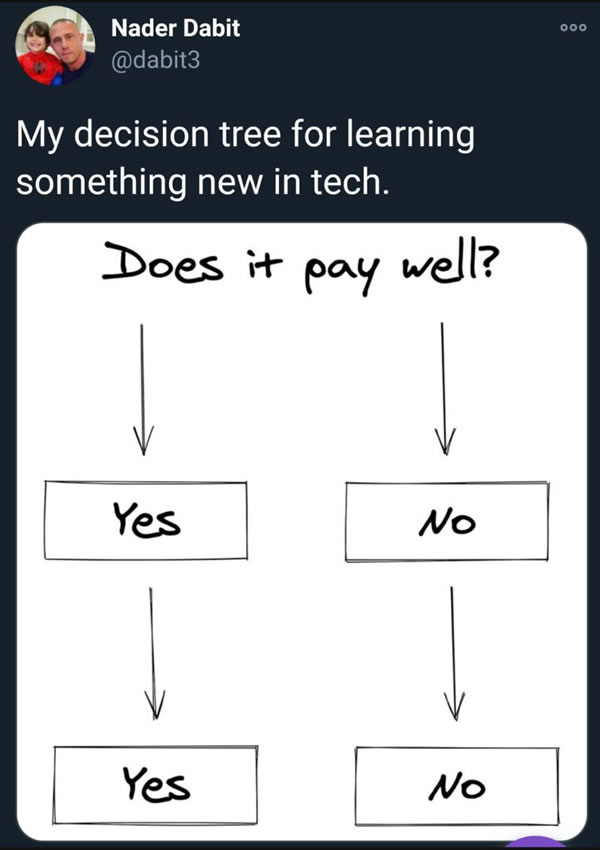
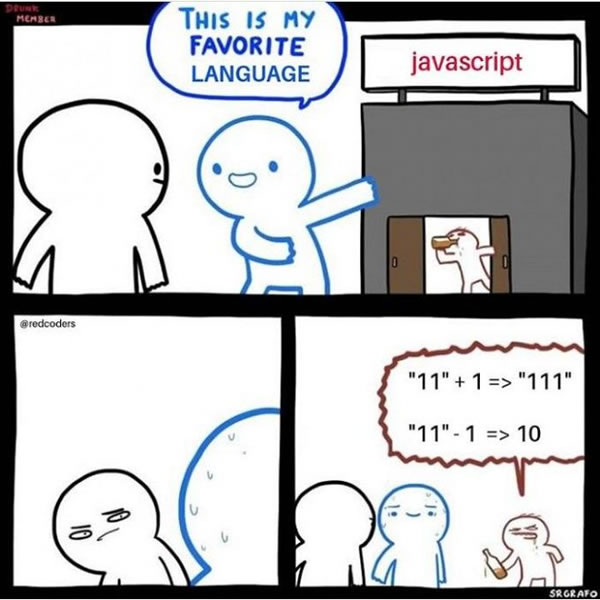

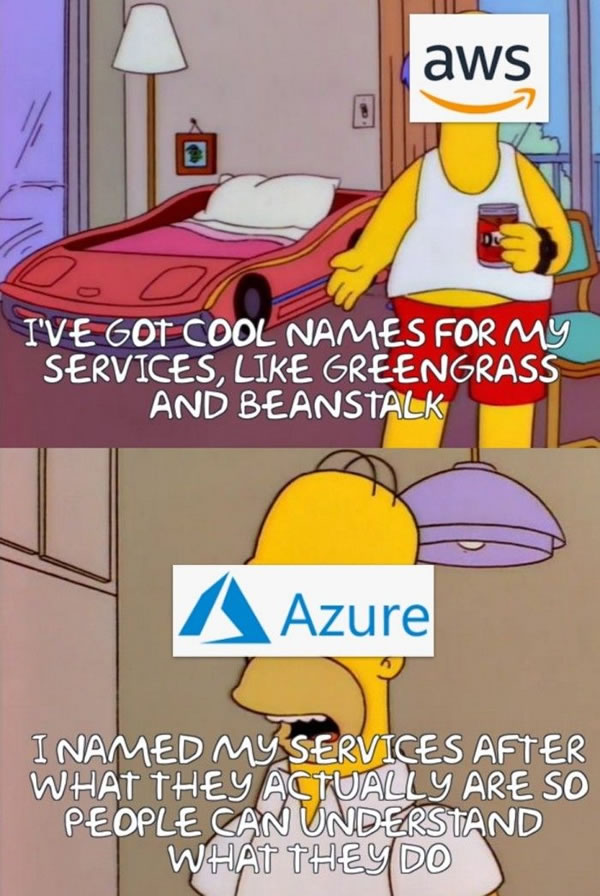
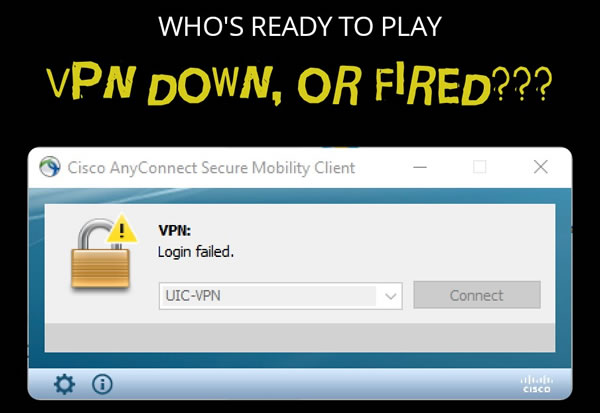
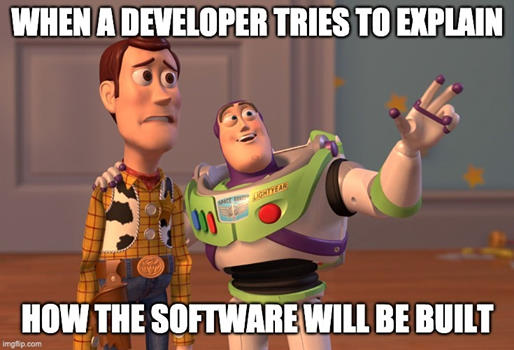























If you want the most up-to-date overview of Tampa Bay’s startup scene, you’ll want to check out Startup Guide: Tampa Bay.

It was just published yesterday, and it’s written by Dan Holahan of Embarc Collective, a startup accelerator/incubator/coworking space located near downtown Tampa.
Dan’s writeup covers:
The Latest on Tampa’s Tech Scene was published in October 2020 and features a number of Tampa Bay-based entrepreneurs, organizations, and activities, including:
Here’s a video showcase 50 innovators and companies making their mark in Tampa’s tech and startup scene:
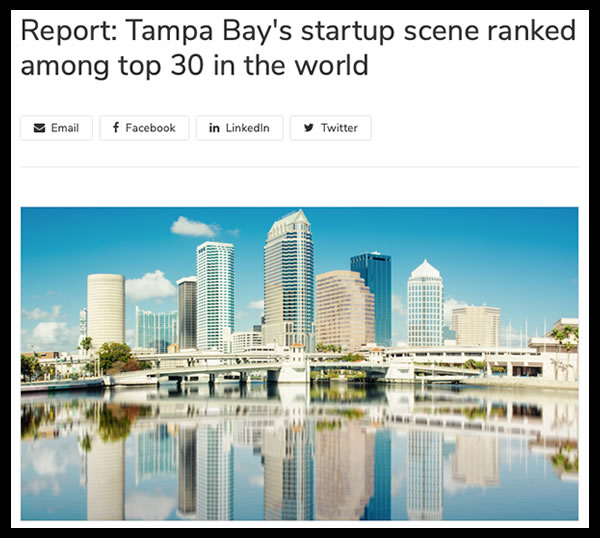 Here are a couple of articles showing how well Tampa rates against other startup hubs around the world:
Here are a couple of articles showing how well Tampa rates against other startup hubs around the world:
Want to know more about what companies in Tampa Bay are worth watching? These two articles are a good start:
You need two key ingredients to build a startup scene: nerds and rich people. I’ve pointed you to articles about the nerds, so here’s one about the rich people who’ll fund the nerdery:
Need more convincing that Tampa Bay is the right place for your tech startup? These might help:
Welcome to the third week of 2021! Here’s your list of tech, entrepreneur, and nerd events for the Tampa Bay area for the week of Monday, January 18 through Sunday, January 24, 2020.
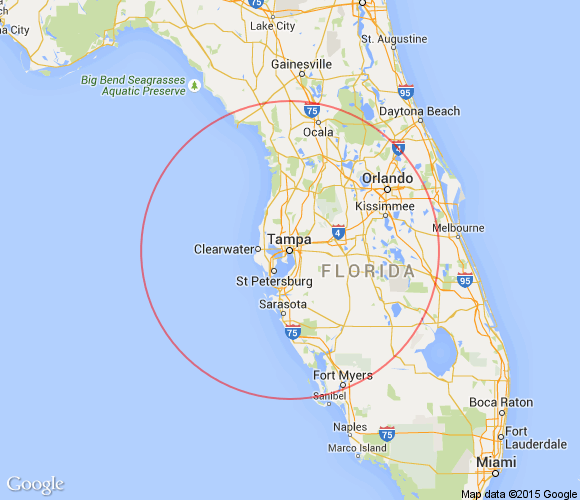
By “Tampa Bay”, this list covers events that originate or are aimed at the area within 100 miles of the Port of Tampa. At the very least, that includes the cities of Tampa, St. Petersburg, and Clearwater, but as far north as Ocala, as far south as Fort Myers, and includes Orlando and its surrounding cities.
For the time being, this list will include only those events that can be attended online because…
…and we’re still experiencing a post-holiday spike that has a number of ICUs across the country running at maximum capacity.
We live in the age of broadband and ubiquitous computing — make the best use of it. Stay safe, stay connected, skill up, and #MakeItTampaBay!
Let me know at joey@joeydevilla.com!
If you’d like to get this list in your email inbox every week, enter your email address below. You’ll only be emailed once a week, and the email will contain this list, plus links to any interesting news, upcoming events, and tech articles.
Join the Tampa Bay Tech Events list and always be informed of what’s coming up in Tampa Bay!

It’s been a while since I last published a list of podcast episodes from Tampa Bay tech podcasts. So if you’re looking for something technical to listen to that’s also from “The Other Bay Area, on The Other West Coast”, there’s a lot on this list!
In the last list, I went from newest podcast series to longest-running; this time, I’m reversing the order.
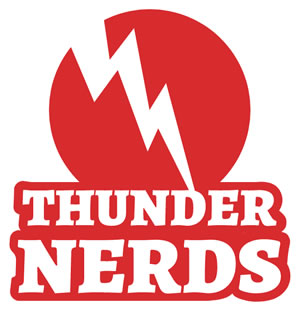
Of the podcasts in this roundup, Thunder Nerds — “A conversation with the people behind the technology, that love what they do… and do tech good” — has been around the longest, with 274 episodes over five seasons to date. You’ve probably seen the hosts at local meetups and conferences; they’re Sarrah Vesselov, Frederick Philip Von Weiss, and Brian Hinton.
 Thunder Nerds is sponsored by a company that’s near and dear to me, Auth0! That’s partly because they have a great authentication, authorization, and identity service, and partly because I work there in my role as a Senior R&D Content Engineer!
Thunder Nerds is sponsored by a company that’s near and dear to me, Auth0! That’s partly because they have a great authentication, authorization, and identity service, and partly because I work there in my role as a Senior R&D Content Engineer!
274 – 🧑🏽🍳 Learn to Cook Code at Hackathons with Vincent Tang
In this episode, we get to speak with fullstack developer, tech educator, and speaker, Vincent Tang. We discuss the value of learning from hackathons, and how to get started in the tech industry. We also discuss Vincent’s new podcast Code Chefs.
At the time I’m writing this, The 6 Figure Developer — hosted by John Callaway, Clayton Hunt, and Jon Ash — has posted 178 episodes. It’s…
…a show dedicated to helping developers to grow their career. Topics include Test Driven Development, Clean Code, Professionalism, Entrepreneurship, as well as the latest and greatest programming languages and concepts.
 The Mike Dominick Show is the second-newest of the podcasts in this list, and it has an open source focus.
The Mike Dominick Show is the second-newest of the podcasts in this list, and it has an open source focus.

Friends that Code is the newest podcast on this list, and it’s hosted by Mike Traverso, whom locals may know from the Tampa Bay Google Developers Group meetup and other Google-y events. In this podcast, he showcases…
…some amazing people I know that just happen to write code for a living. Whether they started off intending to code or just happened into it, we get to hear about the types of people you’ll meet, things you’ll get to do, jobs you’ll have along the way, and advice from some awesome coders along the way!

Looking for an interesting online meetup to attend tonight? I’ll be checking out Tampa bay Product Owner Group’s meetup, which has an intriguing title: Stakeholder Management — Tips from FBI Hostage Negotiators. It happens tonight from 6:00 p.m. to 8:00 p.m. on Zoom.
(Here’s the Zoom link for the event.)
Here’s the description of the event, taken straight from their Meetup page:
Product Management IS Stakeholder Management. Influencing and Negotiating is a big part of the role.
In this session, you will learn modern negotiation techniques applied to Stakeholder Management. This is a fun spin on Stakeholder management using the negotiation techniques Chris Voss outlines in “Never Split the Difference.” We explore modern negotiation techniques, then apply them to real-life scenarios.
We examine Mirroring, Labeling, Getting to Yes, and Open-Ended Questions in realistic Product and Stakeholder scenarios. We think we learn by applying, so this will have an interactive element to it!
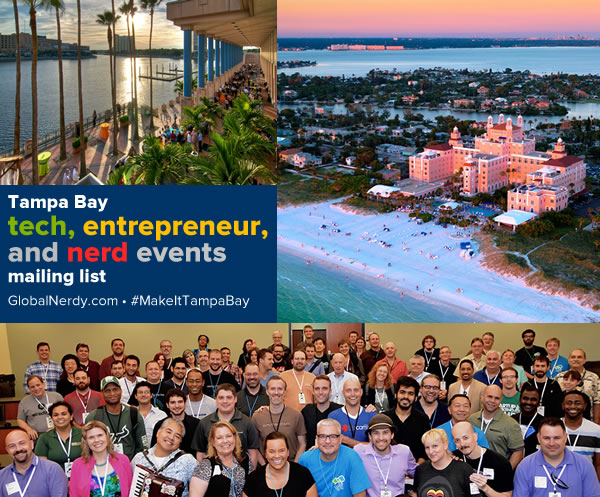 Want to know when events like the one above are happening? Join the Tampa Bay Tech Events list and always be informed of what’s coming up in Tampa Bay!
Want to know when events like the one above are happening? Join the Tampa Bay Tech Events list and always be informed of what’s coming up in Tampa Bay!

Welcome to the second week of 2021! Here’s your list of tech, entrepreneur, and nerd events for the Tampa Bay area for the week of Monday, January 11 through Sunday, January 17, 2020.

By “Tampa Bay”, this list covers events that originate or are aimed at the area within 100 miles of the Port of Tampa. At the very least, that includes the cities of Tampa, St. Petersburg, and Clearwater, but as far north as Ocala, as far south as Fort Myers, and includes Orlando and its surrounding cities.
For the time being, this list will include only those events that can be attended online because…
…and we’re experiencing a post-holiday spike that has a number of ICUs across the country running at maximum capacity.
We live in the age of broadband and ubiquitous computing — make the best use of it. Stay safe, stay connected, skill up, and #MakeItTampaBay!
Let me know at joey@joeydevilla.com!
If you’d like to get this list in your email inbox every week, enter your email address below. You’ll only be emailed once a week, and the email will contain this list, plus links to any interesting news, upcoming events, and tech articles.
Join the Tampa Bay Tech Events list and always be informed of what’s coming up in Tampa Bay!
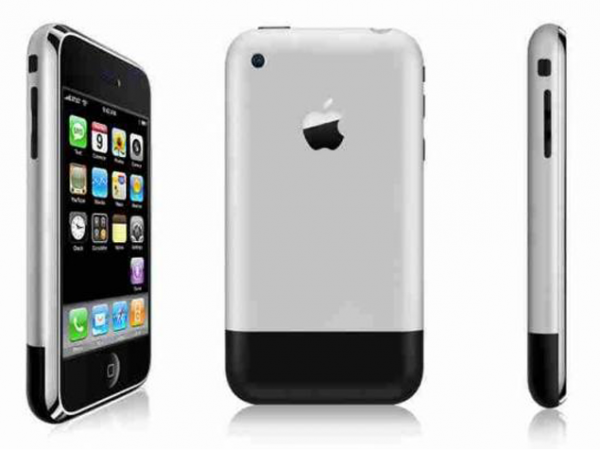
On January 9, 2007, Steve Jobs said this near the beginning of the Stevenote where he introduced the original iPhone:
Three things: A widescreen iPod with touch controls, a revolutionary mobile phone, and a breakthrough internet communications device.
An iPod. A phone. And an internet communicator.
An iPod! A phone! Are you getting it?!
These are not three separate devices. This is one device…
Today is the 14th anniversary of that keynote. It caused Google to go back to the drawing board with Android. It led to the redefinition of the mobile phone and the downgrading or demise of the big hardware players of the day (BlackBerry, Motorola, Nokia, and Palm). It changed Microsoft’s trajectory, and brought about the end of Flash. It redefined the boundaries of personal computing and the web. For better and worse, it changed the way we communicate, navigate, “vegetate”, and relate.
Happy anniversary, iPhone!